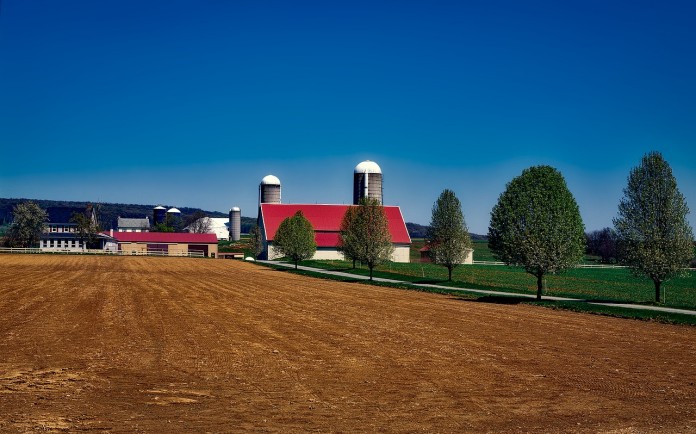The Pennsylvania state legislature enacted the Clean and Green Act in 1974 as a tool to encourage protection of the Commonwealth’s valuable farmland, forestland and open spaces. Currently, more than 7 million acres are enrolled statewide.
1What is it?
Preferential Assessment of Farmland and Forest Land in Pennsylvania is better known as the Clean and Green Act. Clean and Green is a land conservation program that lowers the property tax rate for the vast majority of landowners who enroll in the program.
Property taxes are based on use values rather than fair market values. Landowners are obligated to devote their land to agricultural use, agricultural reserve use, or forest reserve use in order to qualify for lower property taxes.
2Eligibility requirements
A property must be 10 acres in size, and in agricultural use, agricultural reserve or forest reserve.
Agricultural Use applications may be less than 10 acres in size if the property is capable of generating at least $2,000 annually in farm income.
3Use value determination
The Department of Agriculture supplies County Assessment Offices county-specific use values annually. The county has the option of implementing these values, or using lower values.
Agricultural Use and Agricultural Reserve values are based upon the income approach for land appraisal. The formula takes into consideration the state crop profit margin percentage for corn production, an average value of crop receipts per acre by county, a Soil Index Factor, and an average capitalization rate.
Forest Reserve values are based on the average value of timber in a particular county, or the average value of six timber types by county. The Pennsylvania Department of Conservation and Natural Resources calculates this value annually.
4Program removal
A landowner cannot voluntarily remove their land from Clean and Green without a land use change. When a land use change takes place, and rollback taxes have been paid, the landowner has the option of removing any portion of land that remains eligible, or the land that remains eligible will be re-enrolled.
5Change use penalty
A landowner who breaches the covenant is subject to seven years of rollback taxes at 6 percent interest per year. The rollback tax is the difference between what was paid under Clean and Green versus what would have been paid, had the property not been enrolled, plus 6 percent simple interest per year.
6Property division
The act allows for two types of divisions or conveyances: “Split-offs” and “Separations.”
Split-off is a division, by conveyance or other action of the owner, of land, into two or more tracts, for use of constructing a residence. Generally, no more than two acres may be split-off per year. Cumulative split-offs from subsequent years may never exceed 10 acres, or 10 percent of the total land originally enrolled, the lesser of the two.
Separation is a division, by conveyance or other action of the owner, of land into two or more tracts of land, which continue to be in Agricultural Use, Agricultural Reserve, or Forest Reserve. The tracts must generally be 10 acres in size and continue to meet the qualifications. No rollback taxes would be due.
7To apply
Contact your county tax assessment office in order to obtain an application. The deadline is June 1 of each year, in order to be considered for the following tax year. This deadline is extended to Oct. 15 in the year of a reassessment.
Once enrolled, a landowner need not reapply. Landowners must, however, notify their county tax assessment office of any changes to the status of their enrolled land.
Sources: Courthouseonline.com, Clean and Green Factsheet, Penn State Law-The Penn State Dickinson Agricultural Law Resource and Reference Center.
(Farm and Dairy is featuring a series of “101” columns throughout the year to help young and beginning farmers master farm living. From finances to management to machinery repair and animal care, farmers do it all.)
More Farming 101 columns:
- 9 tips for filing farm taxes
- 8 reasons record keeping for taxes is essential
- 5 tips for post-harvest storage
- 7 tips for family meetings on the farm
- 4 tips for balancing your farm and family
- 4 tips for communicating on the family farm
- 4 tips for firing an employee
- 6 tips for keeping good farm help
- 4 tips for recruiting farm labor
- 5 general farm labor laws
- 4 tips for employing minors
- 4 tips for PTO safety
- 5 things young farmers should know about finances
- The farm balance sheet
- 5 items for your farm’s cash flow statement
- Personal and business records: Keep them separate
- What to include in your farm business plan
- How to approach a lender: Tips for getting a farm loan
- How to use microloans to get your farm started
- Saving for the future: 6 tips for young farmers
- How to create a farm safety kit
- 5 tips for child safety on the farm
- 4 tips for transporting livestock
- 5 ways to better understand tractor stability
- 6 farm equipment hacks











